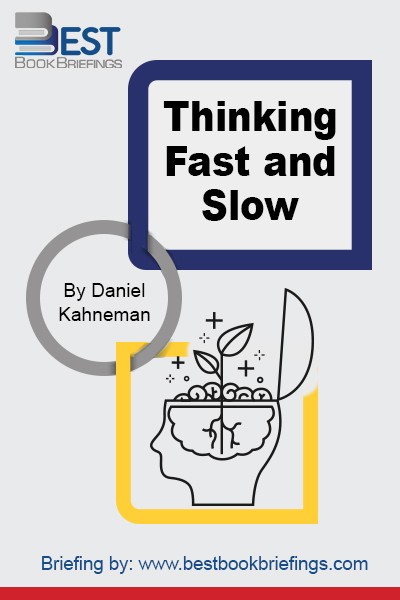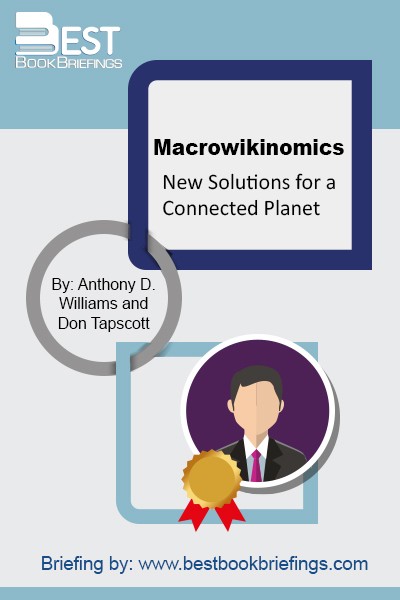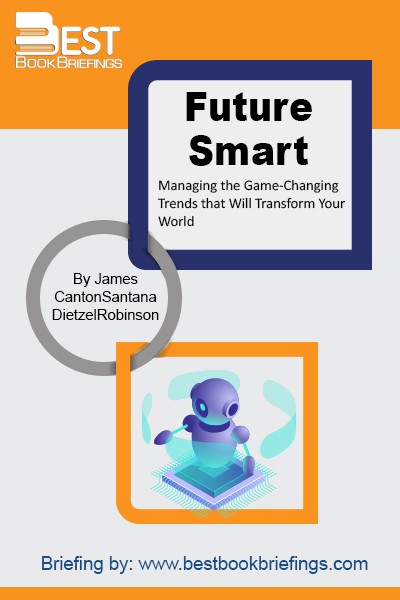Superforecasting
The Art and Science of Prediction
Number of pages: 352
Publisher: Broadway Books
BBB Library: Psychology and Strengths
ISBN: 978-0804136716
Editorial Review
Philip E. Tetlock and his research and life partner Barbara Mellers launched the Good Judgment Project and invited volunteers to sign up and forecast the future. Big as it was, the Good Judgment Project (GJP) was only part of a much larger research effort sponsored by the Intelligence Advanced Research Projects Activity (IARPA). IARPA is an agency within the intelligence community that reports to the director of National Intelligence and its job is to support daring research that promises to make American intelligence better at what it does. And a big part of what American intelligence does is forecasting global political and economic trends.
Book Reviews
Books on Related Topics

Whenever someone makes a decision and tries to be reasonable and restrained, the brain is awash in feelings, driven by its inexplicable passions. These emotions secretly influence our judgment. Naturally, these feelings sometimes can lead us astray and cause us to make all sorts of predictable mistakes. To make good decisions, God

Engaging the reader in a lively conversation about how we think, Kahneman reveals where we can and cannot trust our intuitions and how we can tap into the benefits of slow thinking. He offers practical and enlightening insights into how choices are made in both our business and our personal lives-and

We look back at the time when the world began a historic transition from industrial capitalism to a new kind of economy based on new principles and new ways of thinking and behaving. And while there are certainly many similarities between what is happening today and what happened over five hundred

Most people living normal lives are unaware of what’s coming – how extreme changes and trends may disrupt every aspect of our world and lives. Most people are not prepared for the drastic changes on the horizon that will change work, business, health, or population. They have not run the scenarios,



